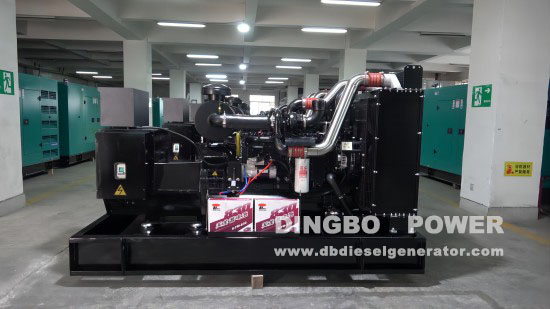Diesel generators offer reliable power for homes and businesses. A well-maintained diesel generator can provide your uninterrupted power supply and peace of mind during critical situations. Bleeding the diesel engine is a part of the proper maintenance for a diesel generator. Read on and learn how to bleed air from your generator.
What does it mean to bleed a generator?
Bleeding a generator refers to removing any air that has entered your fuel system, which can help fix a number of issues and prevent worse problems from occurring. In general, air can enter your diesel engine’s fuel system when you run the generator dry without fuel or replace the fuel filter. Sometimes, repairs as well as leaks in your fuel lines can also lead to the problem. Air in the fuel system acts as a lock, preventing the normal supply of fuel into the cylinder. It can delay or prevent the diesel fuel from reaching the injectors, reducing the engine’s power and making your engine difficult to start or fail to start. Bleeding trapped air can quickly restore the flow of fuel into the engine and get your generator up and running again.

Do you have to bleed a diesel fuel system?
Yes. It’s essential to perform regular generator bleeding because air can sneakily enter your diesel generator, reducing engine performance and fuel economy, damaging critical engine parts over time and preventing your generator from starting entirely. Air entering the system is unavoidable in the daily operation of your diesel generator. Airlocks are air bubbles within a diesel fuel system, which usually occur due to filter changes, leaks or your engine running out of fuel. They can be addressed by bleeding. Bleeding the engine will improve fuel efficiency, reduce pollutants, and prevent engine damage.
What are the symptoms of airlock in a diesel engine?
When air gets into your diesel system and airlocks occur, it will keep the diesel fuel from reaching the injectors and your engine’s performance can become compromised. A variety of engine performance problems will arise. The typical symptoms include harsh idling, sluggish acceleration, difficulty starting the engine, an obvious drop in power, strange noises coming from the engine, black smoke, etc.
How do you bleed air out of a diesel fuel system?
Identify the problem
When an airlock is likely to occur in your diesel fuel system’s engine, you need to find the source of the issue. In this way, you can prevent the air from re-entering the system after completing the bleeding process. Airlocks can happen when there is a small leak in your fuel system or when you change a diesel fuel filter, run out of fuel or disturb the fuel system. Thus, you need to check if there is any leak by a visual inspection of the generator. Pay attention to any signs like bubbles in the fuel or diesel fuel escaping the tank. If you recently changed the fuel filter, consider filling the new filter with oil and topping it off as it’s absorbed to close any gaps. Make sure you don’t leave your diesel generator to run dry.
Loosen the bleed screw
The bleed screw is a small valve in the fuel system of a diesel engine, which is designed to allow trapped air to exit the system and ensure that only pure fuel runs through the lines. You can find it near the fuel filter, close to the injector pump or at the high points of fuel lines. Loosen the screw or valve on the first filter a half turn at a time. Make sure not to take the entire screw out. Prepare a container or old rags for the next step, as the pressure from the air pockets might also release some fuel.
Operate the manual fuel pump primer
The hand pump is in the engine compartment near the fuel filter or the injection pump. Use the manual pump to prime your diesel engine by pushing fuel through your system. As the air is pumped out of the generator system, you’ll notice bubbles beginning to form. Use rags to soak up the fuel that bubbles up, until the fuel that comes out is smooth and without bubbles. Repeat steps for the primary filter, fuel pump and injection lines if the engine doesn’t start or runs poorly.
It's worth noting that the actual procedure for bleeding a fuel system varies from engine manufacturer to engine manufacturer, Dingbo Power suggests that you follow the manufacturer’s instructions for any procedures that are specific to your model. If you are unfamiliar with this procedure, you can have it done by a professional.
Dingbo Power is a professional manufacturer of diesel generators. We offer a variety of gensets that can meet different needs. Feel free to contact us with any questions, concerns, or inquiries to learn more about the products & services we provide.
Comments
Post a Comment